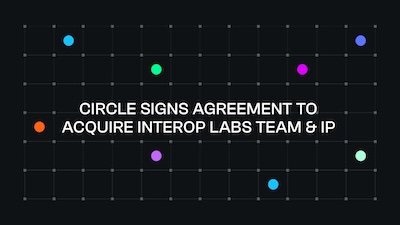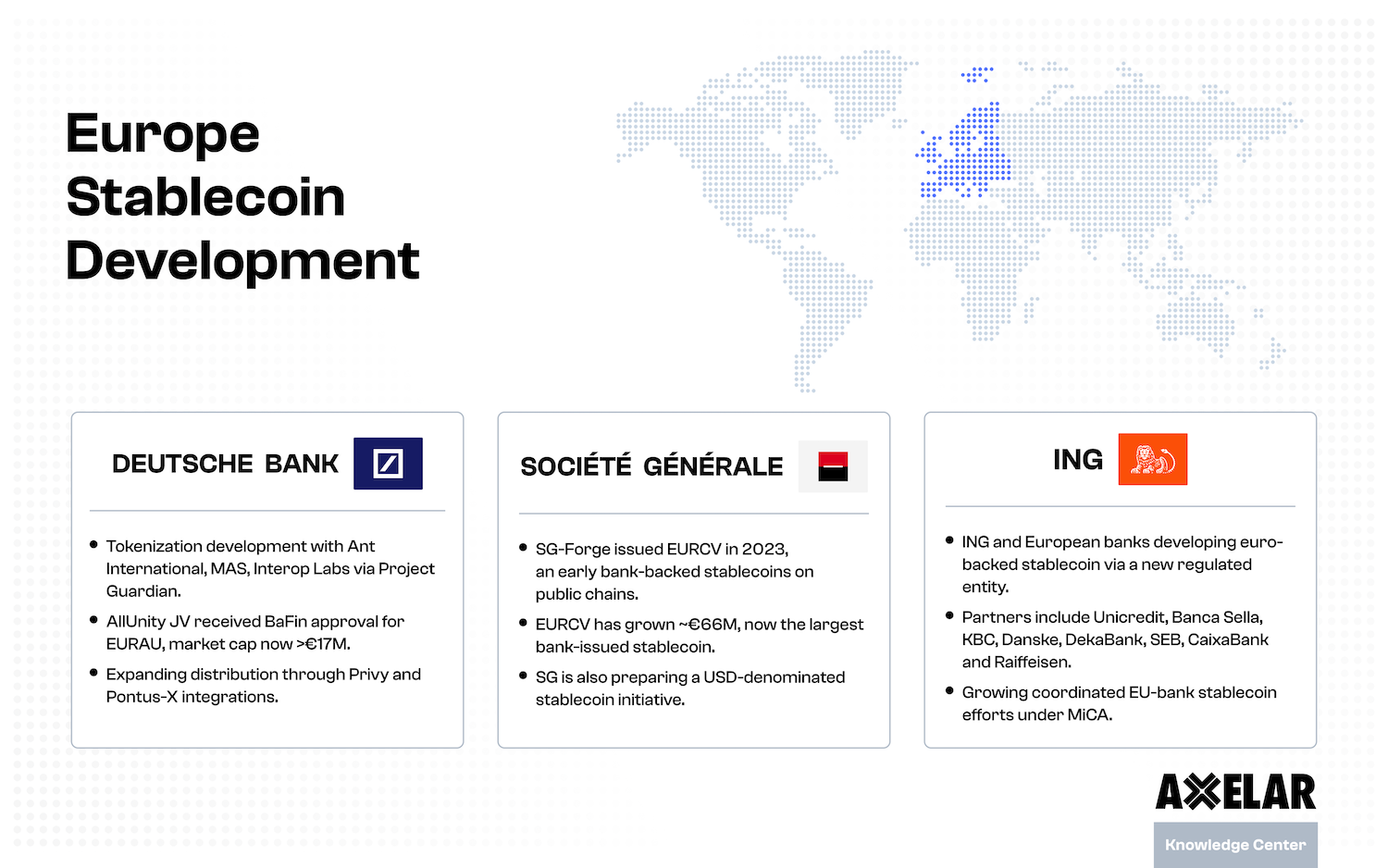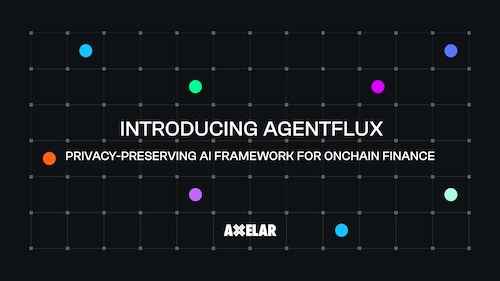Bridge to Base: Moving Crypto Assets Using the Base Bridge
Table of Contents
Table of Contents
Back to blog



Cryptocurrency has revolutionized the financial world, offering a decentralized and secure way to transfer value. However, the blockchain industry has been facing a major challenge: the lack of interoperability between different blockchain networks.
Base, the new layer-2 blockchain incubated by Coinbase, is the latest new entrant to this fragmented world. In this article, we will explain what Base is, what a cryptocurrency bridge is, risks involved in bridging, and how you can “bridge to Base” safely – in other words, move assets like ETH via the Base bridge.
What is the Base blockchain?
Base is a Layer 2 (L2) network built on the Ethereum blockchain that offers a secure, low-cost, and developer-friendly way to build decentralized applications (dApps). The goal of Base is to “make onchain the next online,” and onboard the next billion users into the crypto economy.
Base is incubated inside Coinbase and aims to progressively decentralize over time. It is designed to serve as the home for Coinbase’s on-chain products. There are no plans to issue a new network token on Base, so bridges are likely to be an especially important part of the network’s growth.
Base is built to convey the security and decentralization of an EVM chain, with lower cost of transactions. It is open-source, built on Optimism’s OP Stack. It’s designed so that developers can easily build dApps that bring utility and value, helping onboard more users onchain.
What is a cryptocurrency bridge?
A cryptocurrency bridge, like the Polygon Bridge as an example, is a technology that allows the transfer of assets from one blockchain network to another. It enables cross-chain interoperability, allowing users to move their assets between different blockchain networks.
The diagram below shows a typical bridge setup where a multisig is used to verify cross-chain transactions. Bridging over Axelar network works much the same way, except that Axelar verifies transactions using a dynamic set of validators (75 at time of writing) running proof-of-stake consensus.

A bridge takes deposits on a source chain in a native asset, locks those assets in a contract, then sends a message to a destination chain, where the bridge mints wrapped representations of the native asset. The wrapped tokens can be used on the destination chain as equivalents of the native tokens locked in the source-chain contract.
Cryptocurrency bridges provide a solution to the interoperability problem. For new blockchains like Base, bridges are a vital link to users and liquidity on longer-established blockchains. Users on other chains can bridge to Base, putting their assets to use in the new dApps being developed there. Interchain applications like Squid provide secure bridging over Axelar network to Base and 45+ connected chains. They also use bridges on the backend to create seamless experiences, such as cross-chain swaps, for Base users.
The Base bridge
Many new blockchains set up their own “native” bridges, specifically for connecting their ecosystem to more-established blockchains, like Ethereum. The Base bridge approach is different: Base hasconnected with a variety of bridge providers. And, they have launched a campaign to reward early users of these bridges. Squid, powered by Axelar, is among them.
You can bridge to Base securely using Squid, built on Axelar’s decentralized cross-chain communication network. Axelar allows Squid to connect Base with more than 45 other blockchains, via a proof-of-stake network employing a dynamic set of 75 active validators. (Learn more about Axelar’s cross-chain security approach.)
Bridging to Base via Squid
Squid allows users to choose between bridging to connected chains like Base, and swapping for a native asset. Examples of assets native to Base include BaseSwap's BSWAP token or the meme token BALD. Those who bridge will hold wrapped assets on the connected chain, maintaining their position in the original asset, secured by Axelar network.
Those who swap are trading for a different native asset, changing their investment position and avoiding holding wrapped tokens. For these users, Squid provides decentralized market infrastructure, using bridged stablecoins as a routing asset to find the best liquidity routes between different assets on different blockchains.
In this brief tutorial, we'll show how to bridge to Base (or swap) via Squid!

- Go tosatellite.money and connect your wallet.
- Select the “From” chain where your assets are currently held (see gif above).
- Select Base as the “To” chain, where bridged assets will be minted (see gif above).
- Select the asset you want to bridge to Base & enter the amount (see gif above).
- Enter a destination address and click “Generate Deposit Address.”
- Initiate and approve the transaction.
- Check axelarscan.io to confirm!
Once you have bridged to Base via Axelar, you can bridge from Base to any other connected blockchain: there is no need to bridge back to the native chain before going somewhere new.
Conclusion
Cross-chain bridges are both vital and mistrusted. Like many new technologies that meet fast-growing demand, bridges have beenexploited to the tune of billions of dollars. Thebenefits and risks of using cross-chain bridges are now widely known.
However, stronger and safer security approaches have been established. For example,Axelar’s security approach uses proof-of-stake consensus, the same mechanism that secures most of the chains it connects.
As new chains and new consensus mechanisms (e.g., zero-knowledge proofs) move blockchain technology forward, bridges will continue to play an essential role in nurturing new blockchain ecosystems. The Base bridge is no exception. We hope this article is helpful as you bridge to base and other new ecosystems in crypto.
Learn more:
Thank you for your subscription!
Oops! Something went wrong while submitting the form.


